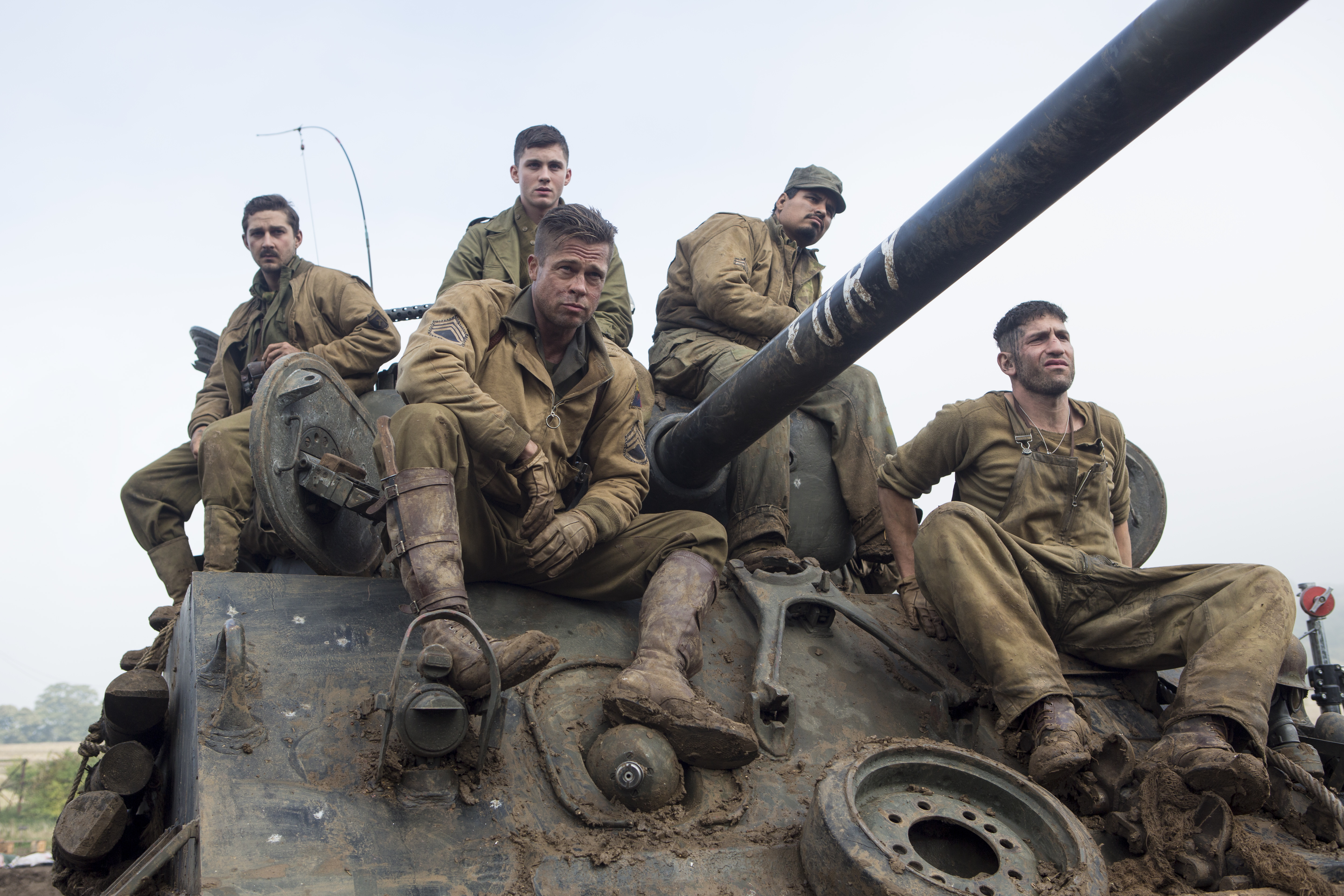This is an Army blog, so why I am writing about wearing a suit? Because soldiers will need a job or need to wear a suit at some time in their lives. And as our culture becomes more "Casual Friday Every Day" it is very clear that wearing suits is becoming a lost art. And of all people, soldiers can put themselves in the right frame of mind to wear a suit. Because wearing a suit well is not just about the suit, but how you think about wearing a suit.
So let's begin with first principles. When you wear a suit you are wearing it to identify with a group--not to be your own special, individual, wonderful self. This is important. The primary reasons men and women wear suits is to apply for a job, work at a job with a dress code, or attend an event at which people dress up. In each of these occasions, the man or woman wearing the suit is saying, "I am part of this group; I respect this group."
From this point on, I have specific advice about selecting and wearing a suit that may or may not apply to women. I don't know, because I don't wear women's suits. So from here on I will address only men.
If you have a suit you should lay out the suit and the accessories on a bed. Along with the suit, you should have a shirt, tie, belt (or braces), shoes, and socks. If you are lucky enough to have a full-length mirror, put everything on and check yourself to be sure your suit fits. The pants should gently rest on the shoes, the sleeves should just reach your wrists showing less than half an inch of shirt cuff. The shoulders should be even with no bunching of fabric.
Although pattern shirts are perfectly fine, matching the tie can be tricky. The safest shirts are white and medium-blue dress shirts with classic collars. Yes, I know, your favorite shirt is a button-down collar Oxford. Save that shirt for casual wear. Remember, in a suit, we are part of the group. Before we leave the subject of shirts, there is no such thing as a short-sleeve dress shirt. Period. Never wear a short-sleeve shirt with a suit or jacket. And for that matter, don't wear a tie with a short-sleeve shirt. It's like wearing a leather belt with pajamas. It's always wrong.
Belts and shoes should be black or brown and match. Black shoes with a black belt, brown with a brown belt. That's it. Braces are a whole separate subject. Email me if you want to know about them. Yes, I have heard that shoes and belts come in white, red, green and other colors. If you are in a Broadway musical and need such colors, the wardrobe manager will tell you, otherwise, black or brown, but not both.
And now we have arrived at the most difficult item: The Tie. Bad ties, like facial jewelry and neck tattoos, can ruin any suit they are worn with. A tie is made of silk with stripes less than an inch wide that slant down to the right. Left is more typically European. Nothing wrong with left, but remember, we want to blend.
Now you know what you should wear. You should not wear novelty ties. If you love My Little Pony, or the Buffalo Bills, or just Buffalos, save your unique good taste for your sweatshirt. Pattern ties can be just fine, but they can also be quite strange. Better to start with stripes and try a pattern later.
This post is long enough so I will talk about buying a suit in a later post.
One more word for readers who may be circumferentially enhanced. One of the real strong points of a good suit is that it properly drapes bodies that should not be on public display. Rather than a long discussion, take a look at Gov. Chris Christie in his usual $3,000 suit then flip to the Gov. in a windbreaker. In nylon he looks like a tent.






























